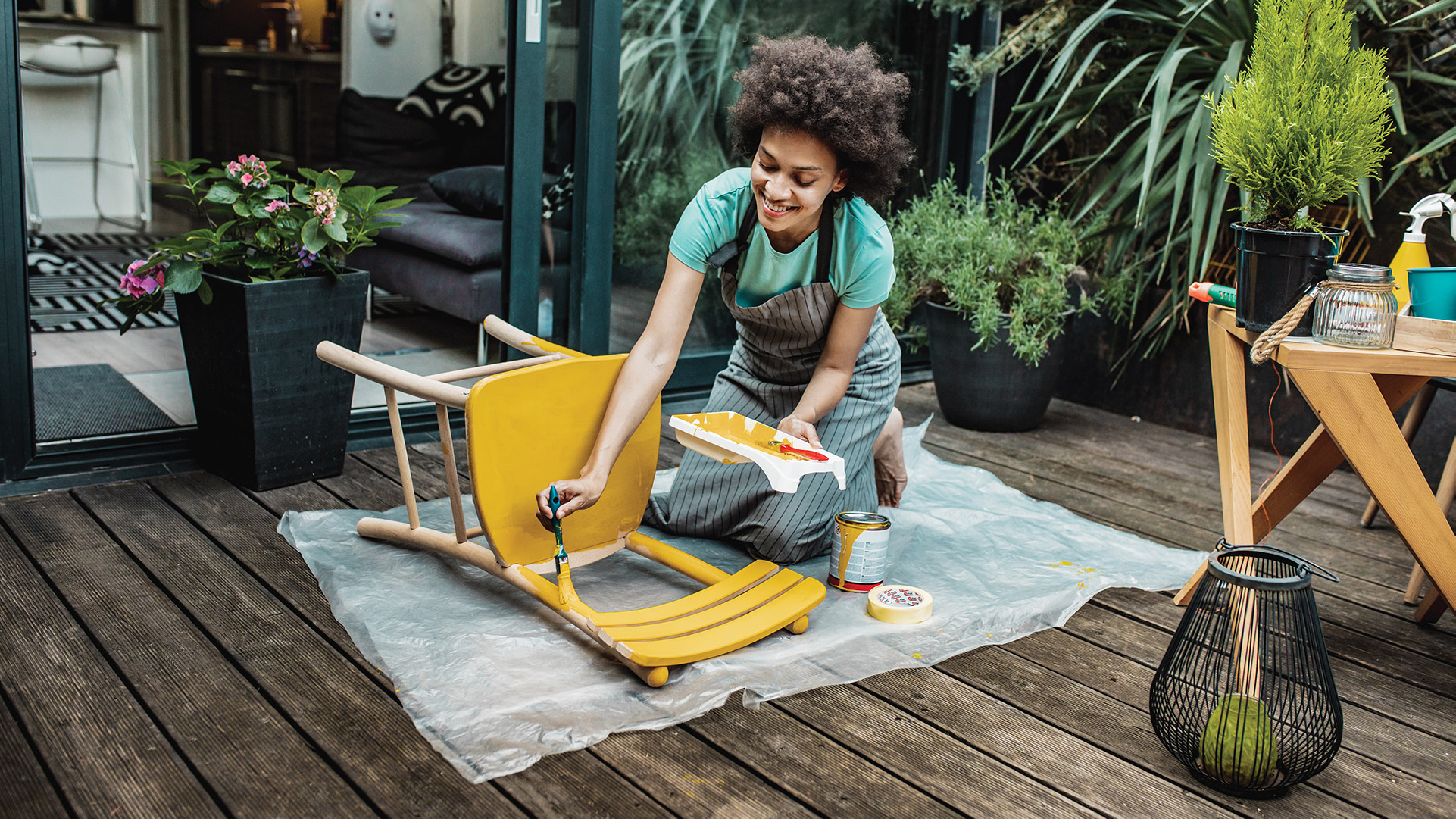
You meet someone who is in-sync with you. You have the same hobbies and interests, you find the same things funny and you love sharing ideas with them. As your relationship grows beyond the early stages, it becomes clear that your connection shouldn’t be constricted to everyday activities, that you should broaden your horizons and try new things. You realise that your partnership has the potential to make a creative impact in the world. You decide to do business together.
Some of the world’s most successful projects and companies are led by families. In Australia, Visy is the country’s largest private company. The packaging and recycling business was founded by Richard Pratt and since his death in 2008, has been run by his son Anthony. In New Zealand, the Todd Corporation provides energy for the country while accumulating a value of $NZ4.3 billion; all whilst being fully owned and controlled by the Todd family based in Wellington.
Indeed, some of the world’s most formidable partnerships are also built on top of romantic relationships. Emma Thomas has produced some of the biggest movie blockbusters in history, including the Dark Knight trilogy, Inception and Tenet. All these movies were directed by her husband Christopher Nolan.
Similarly, John Lennon spent a large part of his post-Beatles life making music with his wife Yoko Ono.
But for every heartwarming story of collaborating couples working together as a strong team with effective communication, there’s an equal amount of heartbreak—victim to when a partnership moves out of being personal to being professional. Australian fitness influencer Kayla Itsines addressed this reality in late 2020 after starting and successfully running her Sweat business with her romantic partner Tobi Pearce.
“After eight years together, Tobi and I have come to the difficult decision to separate as a couple,” she wrote on Instagram. “Our friendship remains strong as we parent [our daughter] Arna together and run Sweat as business partners.”
Every couple is confronted with answering questions like where do we live, should we have kids and what colour carpet should we put in the living room? Working through these requires plenty of communication; as well as some compromise and disagreement along the way.
Going into the creative space, however, brings a whole new set of challenges. I’ve heard it said quite a few times that working closely with a partner or close friend on a project is guaranteed to ruin that relationship. I’ve experienced it. Collaborating on a project where the result leaves both parties feeling burnt out and the relationship struggles to recover. Sometimes this can affect not just those whose relationship suffers, but also the entire team performance of the team members involved in the project should a broader group be involved.
My fiancé and I frequently collaborate on film projects. She’s the first one I go to when I have a good idea, and I consistently seek her feedback and creative input. While we have managed to find a way to work well together towards a common goal, walking away from a mutual project becomes much more complicated when the two of you are romantically or relationally involved. Here are a few humble suggestions for real relationship goals which may help in overcoming these challenges and maintaining a strong relationship.

Nortonsx—Getty Images
What’s your role?
Godfather director Francis Ford Coppola famously declared, “A film director is kind of one of the last truly dictatorial posts left in a world getting more and more democratic.” This highlights something that may become a source of tension in the future. When two people have ideas that oppose each other, whose idea should be enacted? To avoid this, it may be worthwhile discussing what each other’s role will look like going forward, especially if a project is one which may take a long time to complete. Co-directors in a film or other project are often rare, so unless you already have a proven track record of working well together, it may be more beneficial to establish who will be taking the lead. Many healthy relationships that involve collaborating on creative projects have one person as the creative head (has the final say on creative aspects) and the other as a logistical force (has the final say on what is needed to make it happen). Find roles and responsibilities that suit each person’s strengths or skill sets and go from there.
Respect each other’s input
When an idea is challenged or put under scrutiny, it can either kill the idea or transform it into something far greater. That’s why the previous point is not intended to be rigid. If the person handling logistics has a creative idea, their partner is better to listen and consider the idea rather than immediately dismissing it. I recall many times when my ideas were strengthened by constructive criticism or new ideas from my fiancé. Likewise, on other projects where she was in charge of creating and expanding an idea, she benefited from listening to what logistical tools we’d need to use and how that would inform her creative decisions. Listening to the input from other creative partners is key to being a good manager of the areas you are tasked with—and ultimately helps with ensure that good work goes into the bigger picture.
One biblical principle can be applied here: the concept of roles in a loving home. “Husbands, love your wives, just as Christ loved the church and gave Himself up for her” (Ephesians 5:23). In the same way that Jesus died a death of humility, working together (especially when there are feelings involved) requires humility and respect for each other. In a creative partnership, if both people respect each other, it can be a powerful force. The Bible itself says that “Though one may be overpowered, two can defend themselves. A cord of three strands is not quickly broken” (Ecclesiastes 4:12).
Communicating openly
“They always have to have it their way.” How many times have we heard or said this about someone—whether it be in the primary school sandpit right through to running multi-million dollar enterprises? Leading a project is power, and power has a corrupting influence. People listen to you and then they take your idea and put it into practice. As a result, it’s easy to forget that others matter. One of the best things a good leader can do is use active listening skills when the other party approaches looking to add to or modify the idea. Legendary FBI hostage negotiator Gary Noesner details some of these open communication skills in the research paper “Crisis Intervention: Using Active Listening Skills in Negotiations”. When listening to someone, he suggests practising seven skills:

Blackcat—Getty Images
1. MINIMAL ENCOURAGEMENTS: Affirming their comments using your own, like “OK” or “I see”.
2. PARAPHRASING: Summarise what the person is saying and repeat it back to them.
3. EMOTION LABELLING: Observe and tell the other person how it seems like they’re feeling.
4. MIRRORING: Use the final words they’re saying and repeat it back as a rhetorical question.
5. ASK OPEN-ENDED QUESTIONS: Show that you’re putting effort in to understand where they’re coming from.
6. USE “I” MESSAGES: Don’t be afraid to refer to yourself in first-person to show you are human too.
7. EFFECTIVE PAUSES: Silence conveys consideration and can be used effectively.
Of course, there are many times when considering everyone’s opinion threatens to derail the original vision. The lead still needs to hold strongly to their idea, but some active listening as well as clear explanation about why the new idea can’t be used, helps maintain a harmonious, creative relationship with the other person. It’s also best to be honest when communicating with someone. Be clear, direct and constructive. Giving excuses opens up hope and expectations for the future, where it may not be appropriate.
Working separately
Sometimes it’s better to spend quality time alone fleshing out an idea out rather than forcing yourself into providing all of the details in front of your partner in an instant. Meeting together is more effective if both parties use it to inspire the next steps of making the project happen. In my film work, I often have initial conversations that inspire many hours of fleshing out the ideas; whether through script-writing or making calls, creating promotional material and more. Throughout the process, we meet often and check back on how the project is proceeding according to our shared vision.
Go forth and create!
While many couples struggle to work together, there’s no reason why you shouldn’t try! For better or worse, you already know each other more intimately than any other person. While my advice comes from experience and mistakes, your project doesn’t have to go through the same challenges.
The Ecclesiastes verse from earlier describes a cord of three strands. You might wonder who the third party is in a monogamous relationship. Why not try praying or studying God’s Word with your creative partner for His support of your relationship as you set about creating? God is ultimately creative; He created humans in His image. The Bible encourages us, “Do not conform to the pattern of this world, but be transformed by the renewing of your mind” (Romans 12:2). Time to go create!
Daniel Kuberek is assistant editor for Signs of the Times magazine. He recently produced an independent Christian film. He lives in Sydney, NSW.








